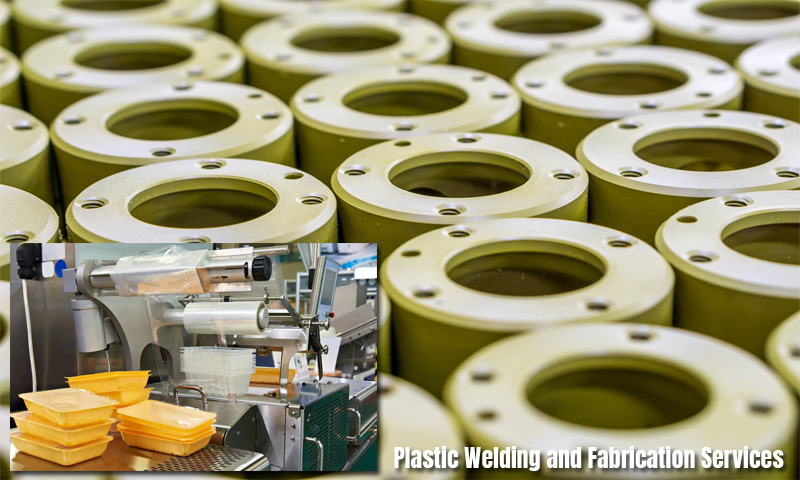It is highly likely that the device you’re reading this article from has been created using plastic welding and fabrication. As with metal fabrication, plastic fabrication uses the same welding principles and methods. The biggest difference is that in plastic welding, hot gases are used to join and seal pieces of plastic and not an electrical arc as in metal welding processes.
The manufacturing and production industries rely increasingly on plastic welding and fabrication. From minor items to 50-feet long plastic tanks, pipes, and shapes are easy to create with plastic fabrication. Which plastic and welding fabrication services are reputable? Read customers reviewsto learn which services and workshops provide the best quality products. If you’re looking for a one-off job, you’ll find the right company to help you too.
The benefits of plastics fabrication are easy to understand and appreciate from any manufacturing standpoint. Of course, plastics are lighter than metals, are more chemically resistant than most metals, and are more cost effective in large-scale operations and applications.
Plastic welds are also more resistant to acids, alkalis, greases, solvents, hydrogen peroxide, demineralised water, and hot steam than most metal welds. While welding, plastics release fewer gases under vacuum to create a more sterile environment, which in turn creates a stronger plasma resistance that minimizes the effects of corrosion. Your project will also benefit from the fact that plastic welds offer a higher operating strength in higher temperatures and are less prone to wear and expansion. While plastics are more cost-effective for these applications, they don’t compromise on quality of strength. Adding new areas or structures is easier than when doing so with metal fabrication.
The adoption of plastics in the manufacturing sector has changed the landscape for many industries. By replacing metals with plastic injection-molded versions, it results in a cost savings of 25-50 percentfor some companies.
Using plastics isn’t only to be considered for its reduction in costs, but also for its ways of enhancing products and overall product quality. Plastics can be re-used by companies. This recycling of the material sees a lower environmental impact, while it can lead to higher quality and stronger resins. Replacing broken, damaged or weakened plastic areas of a product will simply extend its product life. This also increases the product’s strength. With lighter weights comes a range of designer incentives: portability, ease-of-use, size, and other secondary design aims.
One of the most significant benefits of plastic fabrication is that you can easily manipulate plastics to fit whatever layout and shape you require without creating material fatigue. The process that metals need to undergo for welding and fabrication requires long time stretches and more technical oversight. Plastics on the other hand require just a few hours to treat, heat, bend, bond, and cool to for the shape, product, and layout you require.
No matter if the product is big or small plastic is quicker to create. Making the post-treatment period even quicker is that they can color plastics before the fabrication process. You won’t need to treat it once they complete the manufacturing.











